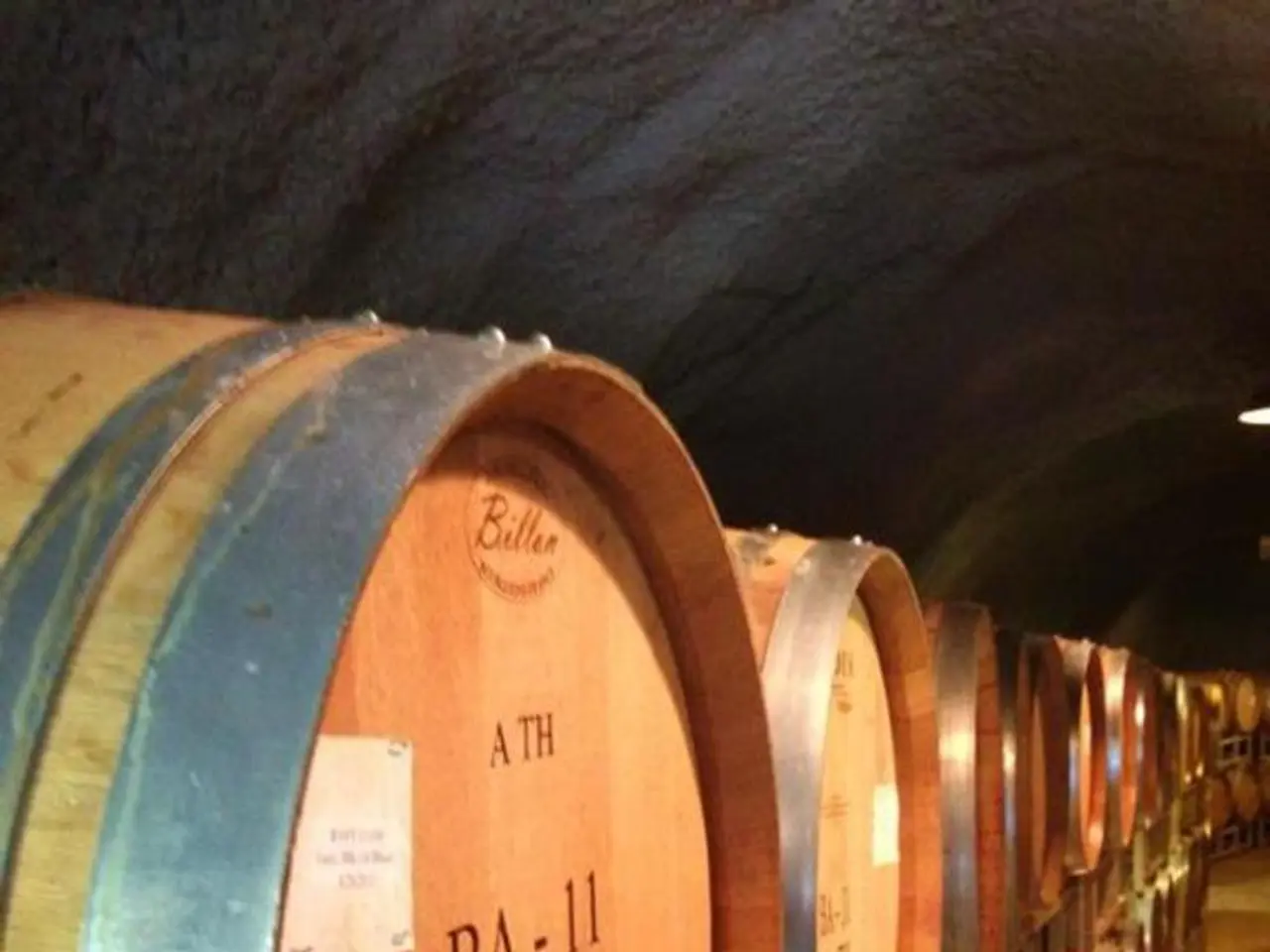Hamburg Pioneers Waste Heat Storage for District Heating
Hamburg is pioneering a novel project to harness and store unused waste heat from industrial and recycling facilities. This heat will be stored in deep underground aquifers and later used for district heating, marking a significant step towards climate neutrality.
The innovative aquifer storage system will be located in thermal water-bearing sandstone layers, 1,300 meters beneath the surface. It will be connected to the city's district heating network via an above-ground technical center. This groundbreaking project is projected to have a capacity of 2.6 megawatts and could save approximately 1,400 tons of CO2 emissions annually in district heating.
The first borehole for this aquifer thermal energy storage system was initiated in late 2022, with the second borehole set to follow after a successful test. Both boreholes at the Tiefstack plant are expected to be completed by RAG and its partners in 2023, with the system anticipated to go online in 2024.
This project is not only a key component of the Energiepark Tiefstack concept, aiming to replace Hamburg's last coal-fired power plant with climate-neutral heat solutions by 2030, but also a sub-project of the North German Reallabore (NRL). Funded by the Federal Ministry of Economics and Climate Protection, this innovative initiative showcases Hamburg's commitment to testing and implementing new solutions for climate neutrality.
Read also:
- Hydrogen Energy: Sustainable Innovation or Resource Exploitation?
- Underwater pipeline shutdown initiative by Michigan challenges scope of American foreign policy, contends Trump Justice Department
- President von der Leyen's address at the Fourth Renewable Hydrogen Summit, delivered remotely
- Unveiling Innovation in Propulsion: A Deep Dive into the Advantages and Obstacles of Magnetic Engines








